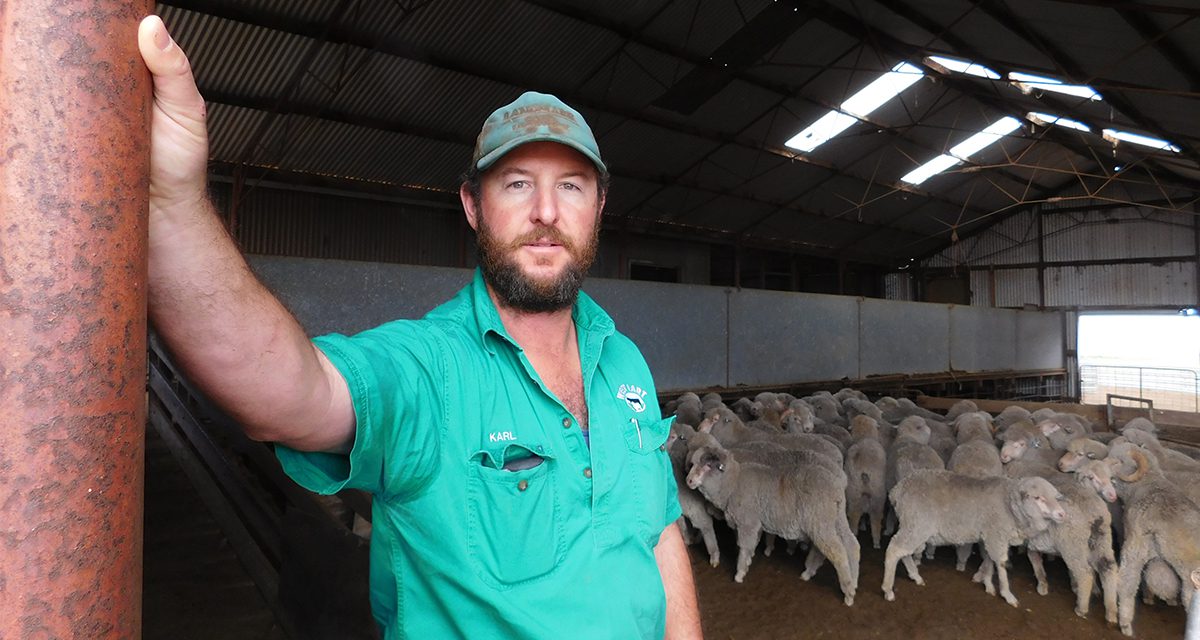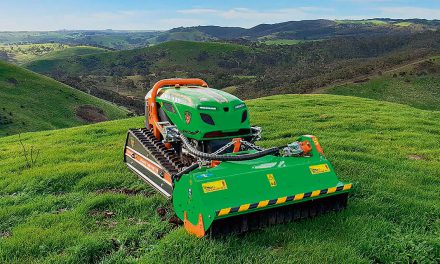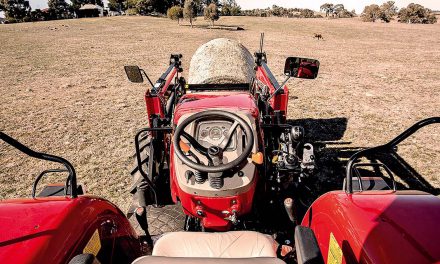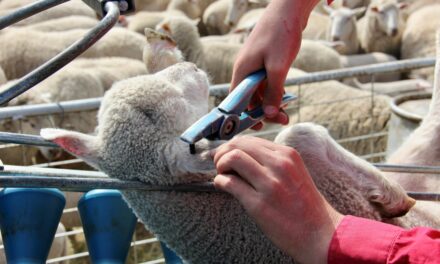With ram sale season just around the corner, the time is right for commercial Merino breeders to undertake a DNA flock profile test to ensure their ram buying decisions precisely align with the current status of their flock genetics and their breeding objectives.
The flock profile test provides commercial breeders with a set of genetic measures for benchmarking their flock against industry averages – the data is then stored and clearly displayed in RamSelect.com.au to assist buyers in selecting rams to better meet their breeding objectives.
One breeder who has used the test twice – first in 2015 and again in 2017 – is Karl Witt, who manages ‘Hargate Park’, Esperance, WA.
Mr Witt has refined his ram selection decision based on the test results to focus on improvement to the main profit drivers of the business.
“Flock profile really helped us to work out what we had in our flock and where we had to make improvements,” Mr Witt said.
“It helped with ram purchases and targeting rams that were better than our previous flock and ram team averages in order to drive improvement.
“That didn’t mean we chased the top level, very expensive rams – we were able to use the RamSelect filters to exclude rams below our benchmark values from the search and focus on value for money rams that we knew would deliver genetic improvement.”
The 10,000-hectare mixed farm, which is owned by Esperance’s Stead family, features a high-performing 6500-ewe Merino flock, 600 Angus breeders, and about 7000ha of wheat, canola and barley crop.
Close to 3000ha of improved pasture – vetch, serradella and biserulla – supports the livestock, and a sheep feedlot has been established to finish wethers for sale either as prime lambs or for the boat trade, and when necessary also support replacement ewe lambs through dry summers.
About six years ago the operation made the move from a 50:50 mix of Merino and composite ewes, to 100 per cent Merino breeders.
In selecting genetics to improve the flock, the primary objective was to increase clean fleece weight and improve fibre diameter, with a secondary objective of improving yearling weight and growth rates.
“While for us it’s primarily about the wool, we still buy Merino rams that are very productive for carcase, and though not the same as terminal breed rams, their lambs can still grow very fast,” Mr Witt said.
The value of this balanced approach to both wool and carcase was demonstrated when a Hargate Park wether team topped the economic ranking in the 2016-18 Peter Westblade Memorial Merino Challenge with an overall sheep value of $143.63.
The adult ewe flock averages 19.5 micron, and the hoggets just under 18.5 micron, with the total flock shorn annually and yielding an average of 7.5kg/head.
When selecting sheep and rams Mr Witt relies on both Australian Sheep Breeding Values (ASBVs) as well as visual assessment, he recently started fleece weighing ewe hoggets as part of the selection process.
Mr Witt ran a second flock profile test two years ago as part of the MerinoLink and University of New England DNA Simulation Project, at a time when the operation was establishing its own nucleus flock to breed replacement rams.
Developed by the Cooperative Research Centre for Sheep Industry Innovation (Sheep CRC), the flock profile test involves randomly sampling 20 young ewes from a commercial flock for DNA testing.
It uses genetic links with animals of known breeding values from the industry’s information nucleus database to estimate the genetic basis of the commercial flock.
Using the same scale as ASBVs, the test provides flock average breeding values for a range of traits including yearling weight, fleece weight, fibre diameter, staple length and eye muscle depth, as well as the indices for fibre production, Merino production and dual purpose.
Mr Witt used to store ram team ASBV information in a spreadsheet but found RamSelect to be a simpler solution as ASBV updates from sheep genetics are provided automatically.
The RamSelect account storing his ram team data and ewe flock genetic benchmark data was provided free with the flock profile test.
“We tend to look for a particular type of ram – it doesn’t matter to us who is breeding it and that’s where RamSelect is so useful,” he said.
“We’d love to see more rams on RamSelect to increase the number of rams to choose from.”
More information is available at www.sheepcrc.org.au








